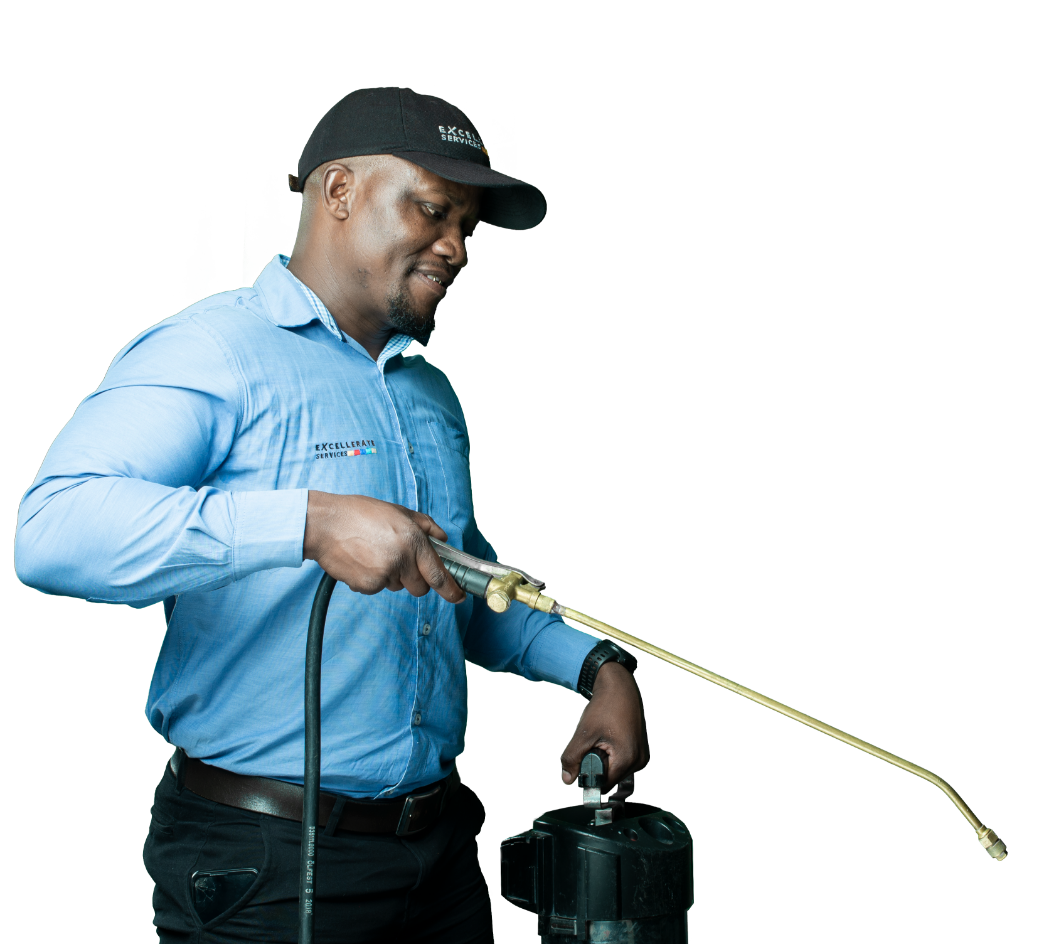Eco-Friendly Parasite Control Approaches for Handling Wild Animals in Urban Locations
Urban areas frequently discover themselves at the junction of human task and wild animals, leading to one-of-a-kind challenges in insect monitoring. These techniques not just protect the environment but likewise boost area involvement in wildlife management. As metropolitan populations proceed to grow, comprehending the dynamics of wildlife interactions ends up being progressively critical.
Comprehending Urban Wildlife Dynamics
Comprehending Urban Wildlife Dynamics is essential for establishing reliable and green pest control strategies. Urban areas are significantly coming to be environments for numerous wildlife species, driven by elements such as environment fragmentation, food availability, and human advancement. Acknowledging these characteristics allows for a nuanced strategy to pest monitoring that aligns with ecological concepts.
Urban wild animals typically includes varieties such as raccoons, squirrels, and birds, which adapt to city environments, discovering specific niches in environment-friendly spaces, parks, and even residential locations. Their existence can lead to disputes with humans, especially when they exploit human sources for food and sanctuary. Recognizing the habits and eco-friendly roles of these varieties notifies methods that lessen negative interactions while advertising biodiversity.
In addition, acknowledging the interdependencies within urban ecosystems helps in recognizing essential locations for habitat preservation and restoration. This understanding adds to the development of integrated pest monitoring (IPM) techniques that think about the environmental balance, thereby lowering dependence on damaging chemicals. By promoting coexistence in between human beings and urban wildlife, cities can create healthier settings that profit both citizens and neighborhood ecosystems, leading the way for sustainable city living.
All-natural Repellents and Deterrents
Natural repellents and deterrents use a sustainable option to standard insect control methods by harnessing the power of nature to maintain undesirable varieties away. These green options normally utilize plant-based components, vital oils, and other normally occurring substances that discourage parasites without harming the environment.
One reliable natural repellent is peppermint oil, which is recognized to ward off rats and pests. Its solid fragrance is unpleasant to lots of pests, making it a prominent option for city settings. Similarly, vinegar and citrus peels can act as deterrents, as their strong odors are typically unappealing to numerous wildlife.
In addition, diatomaceous earth is an all-natural powder that can be spread in locations prone to parasite activity, efficiently drying out and hindering insects without posturing risks to non-target varieties. Furthermore, garlic sprays and neem oil are acknowledged for their capacity to push back a wide variety of insects, including both insects and bigger wild animals.
Executing these all-natural repellents not just reduces dependence on chemical pesticides but additionally promotes a much healthier metropolitan ecosystem, promoting a more balanced coexistence in between human beings and wild animals. By utilizing these approaches, metropolitan locations can properly take care of bug populations while reducing ecological impact.
Habitat Adjustment Methods
Effective environment modification techniques play an essential duty in lasting parasite administration by changing the environment to make it much less helpful to pest invasions. By understanding the eco-friendly dynamics of metropolitan locations, homeowner can execute strategic adjustments that deter parasites while advertising biodiversity.
Another important strategy is to seal entry factors in buildings. Evaluating and fixing splits in structures, wall surfaces, and windows can significantly decrease pest access. Developing physical obstacles, such as fences or plant barriers, can prevent wildlife movement into human-inhabited areas.
Integrated Pest Administration Practices
Structure upon environment alteration methods, integrated insect monitoring (IPM) techniques supply a holistic strategy to managing pest populations while minimizing environmental influence. IPM incorporates numerous methods, including organic, social, mechanical, and chemical controls, to attain effective insect monitoring.
Organic control entails the introduction of all-natural predators or parasites to minimize pest populations. Social methods, such as plant turning and cleanliness, interrupt pest life process and reduce their environments - Pest control service. Mechanical controls, like catches and obstacles, offer prompt alleviation from pest stress without chemical intervention
Chemical controls are utilized as a last resource, concentrating on targeted applications that restrict injury to non-target varieties and the environment. The option of eco-friendly chemicals, when required, is indispensable to the IPM framework. Furthermore, keeping an eye on parasite populations and examining potential damage helps inform decision-making, making certain that treatments are timely and reliable.
Neighborhood Involvement and Education

Additionally, community-led initiatives, such as neighborhood clean-up days and environment reconstruction jobs, not just promote biodiversity yet likewise reinforce area ties. Pest Control. By encouraging residents to share their experiences and monitorings, communities can create targeted strategies that attend to certain regional bug concerns
Integrating comments from citizens into pest monitoring plans makes it possible for an extra responsive and flexible method to wildlife challenges. Eventually, notified and engaged neighborhoods are essential to achieving long-term success in eco-friendly pest control, resulting in healthier metropolitan environments that value both human and eco-friendly needs.

Final Thought
To conclude, green insect control comes close to deal sustainable solutions for handling urban wild animals. By prioritizing environment alteration, using natural repellents, and implementing integrated parasite administration techniques, neighborhoods can cultivate a harmonious coexistence with neighborhood animals. Moreover, engaging homeowners via education and learning enhances recognition and encourages responsible wildlife communications. Ultimately, these strategies not only shield biodiversity however also promote ecological health, guaranteeing urban areas stay vivid ecosystems where human beings and wildlife flourish with each other.
Comments on “Certified Pest Control for a healthier living space.”